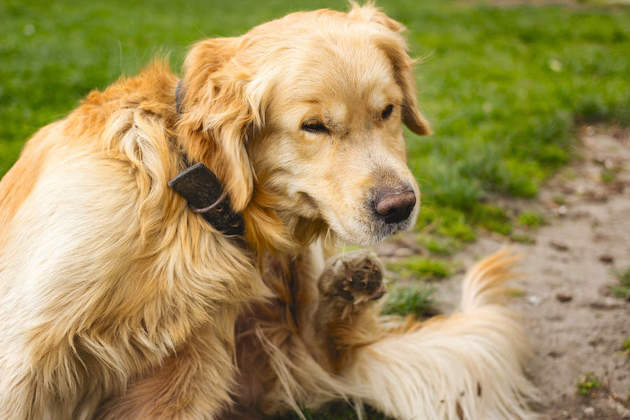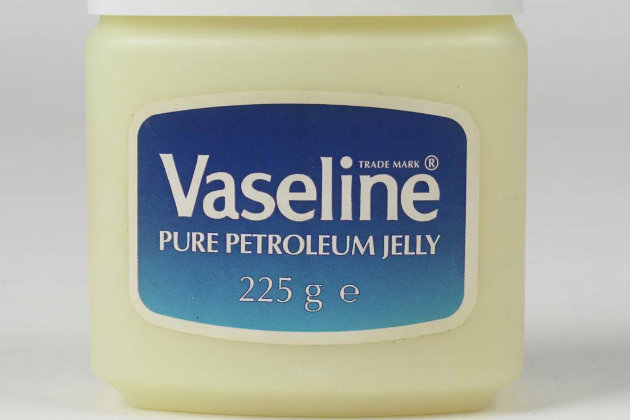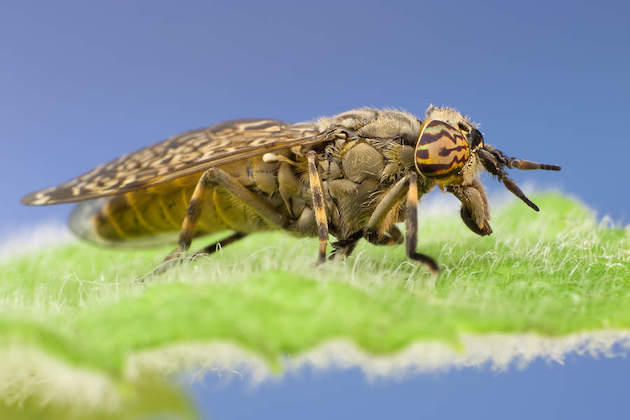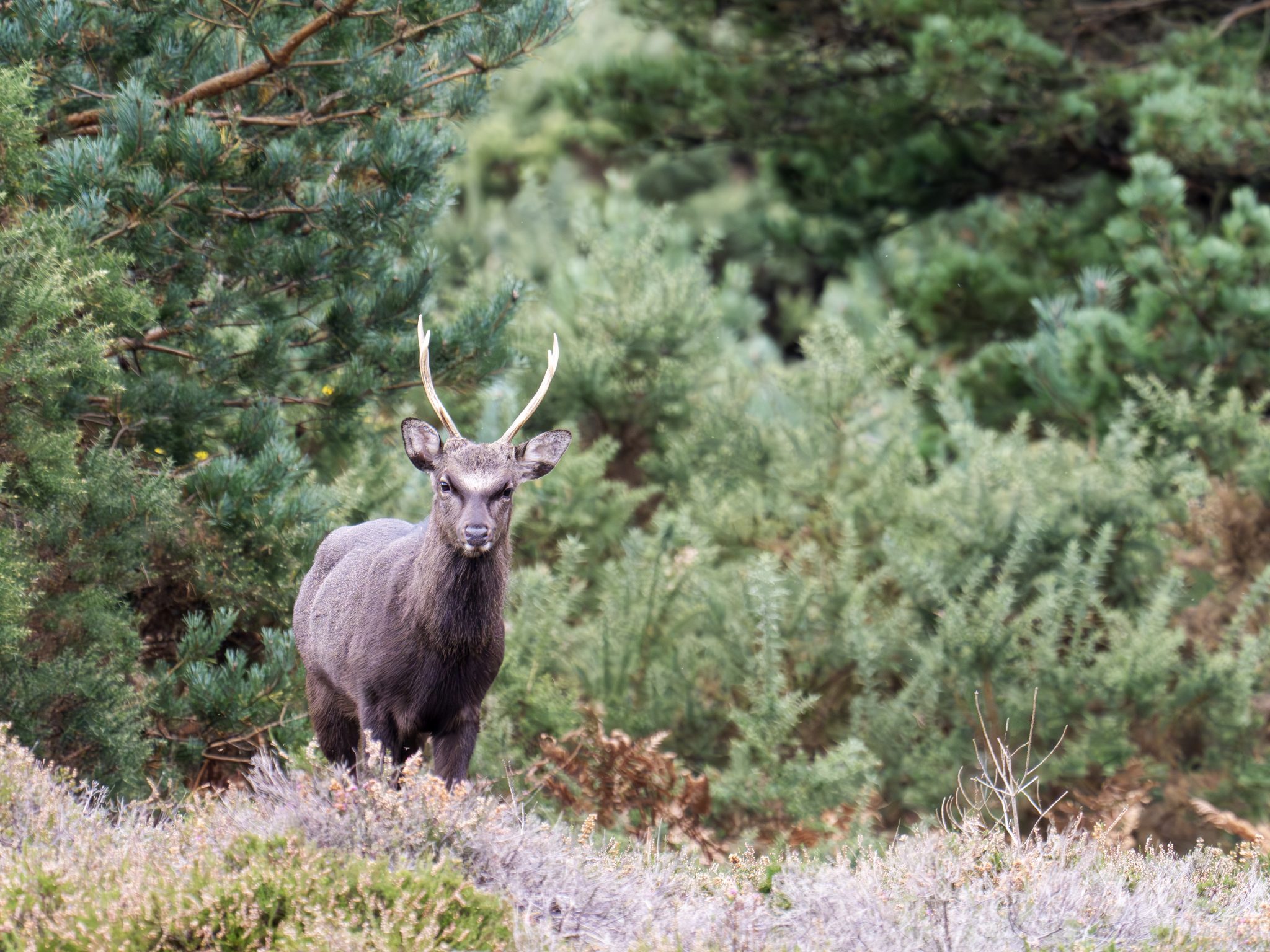Win CENS ProFlex DX5 earplugs worth £1,149 – enter here
How can I protect my dogs from horsefly bites?

Q: I usually take my two Labradors with me when I tend to my horses and have noticed that there seem to be a lot of horseflies around this year, which can give a nasty bite. I generally spray myself with insect repellent to keep them away from me, but what can I do to protect my dogs, assuming there is a risk of them being bitten too? (Read do stinging nettles hurt dogs?)
A: Dogs that spend a lot of time outdoors, especially in a farm environment, are certainly at risk of being bitten by flies. A single fly bite may not do much damage, but multiple bites can lead to skin irritation that can sometimes become quite serious.
Flies can’t usually bite a dog’s body because a thick layer of hair or fur protects them, but there are certain less well-protected areas that are more vulnerable, such as over his ears and around his legs, nose and muzzle. A bite or two in these areas is likely to cause no more than minor pain and irritation.
The more a dog is bitten, however, the more he will rub or scratch himself and each time a fly bites it punctures the skin and creates small ulcers that ooze blood. In severe cases, these small wounds can become infected and, in turn, more likely to attract flies.

Protect bitten areas with a thin layer of Vaseline
Dogs and horsefly bites
If you see horseflies congregating around your dogs or you notice small blood spots on their ears and nose, you can assume that they are being bitten.
Protect them by using fly repellent, which is available at your local pet store. Alternatively, products intended for flea and tick control may also protect dogs against flies.
If a dog sustains multiple fly bites, protect the area by applying a thin layer of petroleum jelly or Vaseline; remember to reapply it if your dog goes swimming or the area otherwise becomes wet.
Clean any open wounds or sores daily with mild soap and water and apply an antibiotic ointment to prevent infection.
Keep the dog indoors as much as you can until the wounds heal completely.

Close-up of a horsefly
Q: I am sure my dog must have been bitten the other day. We were out walking on the heath when he suddenly spun round, sat down and started nibbling his hind leg. Even after we got home, he was still whimpering and rubbing his side. I couldn’t feel any swelling, but it was clearly sore. He flinched and occasionally yelped, and rubbed himself on the carpet over the next couple of hours. Could he have been bitten by a horse fly? And if it happens again, what should I do?
A: You are probably correct. There are various species of biting flies, including the common horse fly. Few seem to cause anything more than discomfort, though with some bites the effect can last up to a day. On heathland, you can expect to find people exercising their horses, and there are increasing numbers of deer around. These will attract numbers of horse flies, which closely resemble the house fly, but unlike the latter can in inflict substantial injuries. In woodland, you often come across large colonies of wood ants, which are much larger than the common, domestic variety. They will bite if disturbed. If it happens again, soothe the pain until the effect of the bite wears off . Try rubbing a little arnica into the skin at the site of the injury, or use skin creams obtainable from chemists that contain a local anaesthetic.
Related Articles
Get the latest news delivered direct to your door
Subscribe to Shooting Times & Country
Discover the ultimate companion for field sports enthusiasts with Shooting Times & Country Magazine, the UK’s leading weekly publication that has been at the forefront of shooting culture since 1882. Subscribers gain access to expert tips, comprehensive gear reviews, seasonal advice and a vibrant community of like-minded shooters.
Save on shop price when you subscribe with weekly issues featuring in-depth articles on gundog training, exclusive member offers and access to the digital back issue library. A Shooting Times & Country subscription is more than a magazine, don’t just read about the countryside; immerse yourself in its most authoritative and engaging publication.







